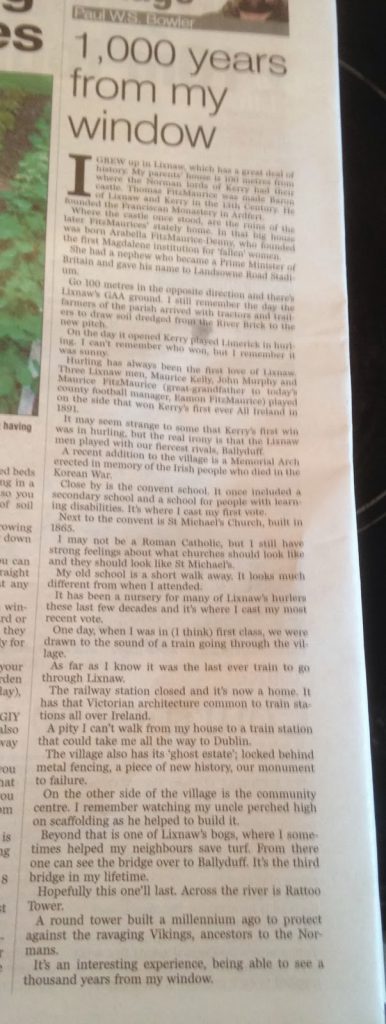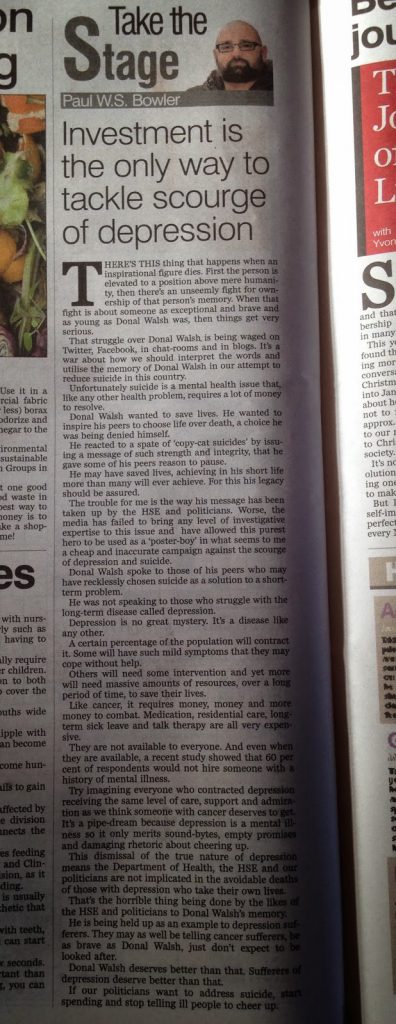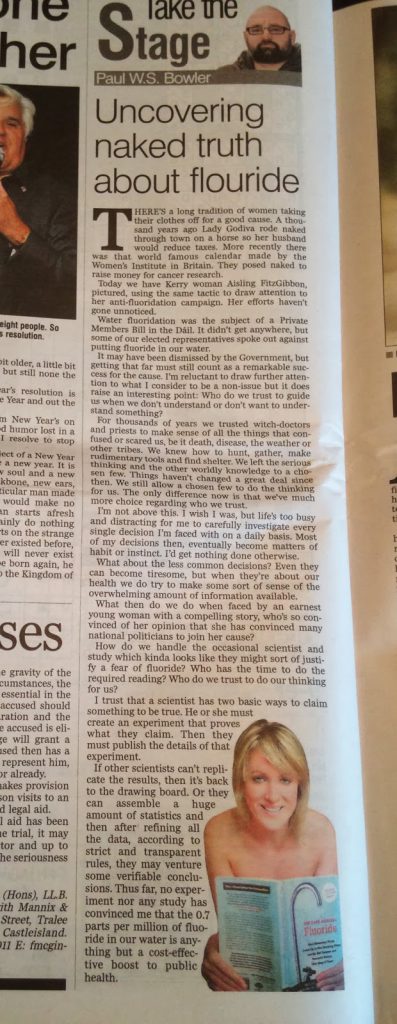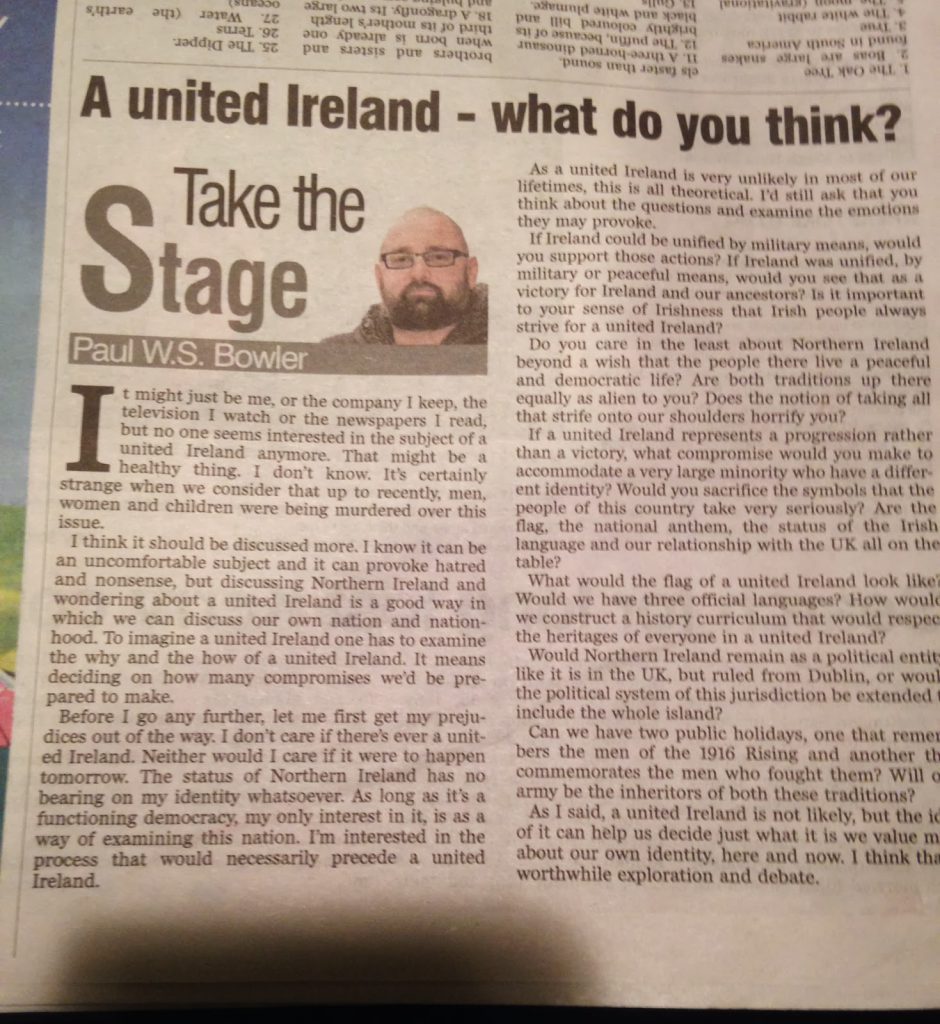a bit spoilerish)
I’m finally getting around to reviewing The Hobbit: The Desolation of Smaug. Like An Unexpected Journey, I watched it twice, in two different cinemas over two days. First at The Odeon in Point Village and then in The Savoy on O’Connell Street. I went for the 3D version which was grand I suppose, the giant bumble bees were cool and there was one brief interaction with Smaug that really rocked. To date the only film I’ve watched that seemed genuinely enhanced by 3D had been ‘A Very Harold & Kumar 3D Christmas.’ Not really a ringing endorsement for the technology.
Anyway, the film itself. Loved it. Could find no fault with it. Some wonderful action sequences and Smaug himself was everything one would want in a fire-breathing sociopathic behemoth.
I dismissed the first movie as self-indulgent to the point of harming the franchise. Fortunately I’ve was proven utterly incorrect. That movie did great business, as has this one. While admitting I was wrong, I still am confident that this film is far superior to Unexpected Journey. Obviously as this is the second film there was a great deal less exposition required. The film didn’t have to bring nerd and non-nerd up to date, beyond a single scene recalling Gandalf’s first meeting with Thorin Oakenshield.
We get to see elves, actual elves. Now these are Sylvan Elves. A race of elves more mercurial than their Eldar cousins, but still, Elves. Legolas was there. His father, the menacing King Thranduil was there. And we got to meet non-canon character, Tauriel. A she-elf who may or may not have caught the eye of our erstwhile Prince Legolas. It is wonderful to see elves, who while still immensely powerful, long-lived and intelligent, behave without the wisdom of the Eldar. They come across as more über-human than otherworldly. But hey, Elves. I think Tauriel fits seamlessly into the narrative. Not sure about the love-interest. Are they trying to ape the bromance of Gimli and Legolas from Lord of the Rings?
Smaug was mind blowing, yet Bilbo managed to hold his own in the exchange and I mean that as a comment on performance rather than narrative. Martin Freeman could and should have been blown away (excuse the pun) by Benedict Cumberbatch’s Smaug. It is a wonderfully observed interaction. I described Martin Freeman’s Bilbo as a delight in my review of An Unexpected Journey. Here he is a delight and more. He brings a depth that tells a story about a character but also foreshadows so much of what is to come at the close of The Third Age.
Gandalf goes wholly off reservation if one is totally hung up on the book. The film tells us what the book only implies and Tolkien later confirmed in the appendices and other sources. He abandons the group to investigate a new dark power. That is a confrontation worth the admission money alone.
The dwarves are part heroic, part bumbling buffoons and many parts avaricious mercenaries, but they are never disloyal and never cowardly. (Watch out for the comic mention of Gimli from by father). Again Richard Armitage brings a tragic majesty to his Thorin. It is clear why this king of a lost kingdom (Aragornesque?) can inspire his fellow dwarves to battle a bloody fire-breathing dragon.
In short I loved this film. I loved the previous one, but this one I’d defend to a non-Ringer. Roll on the final installment. Though after that, what’s left?







